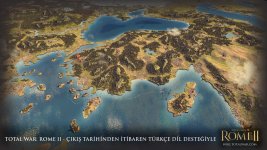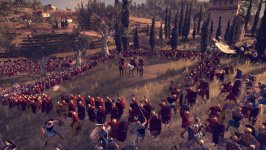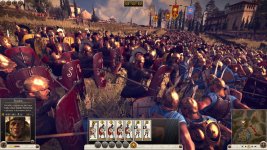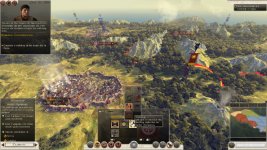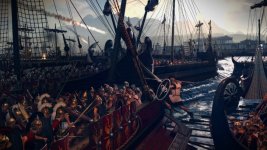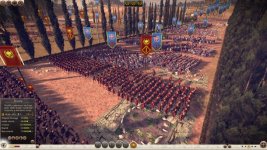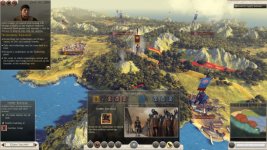LordCrash
Gesperrt
- Mitglied seit
- 16.04.2004
- Beiträge
- 9.599
- Reaktionspunkte
- 1.173
So, ich habe mal einen Thread erstellt, in den wir alle neuen Infos zu Rome II: Total War reinstellen und sammeln können. ![:] :] :]](/styles/ctec/images/smilies/default/sm_B-].gif)
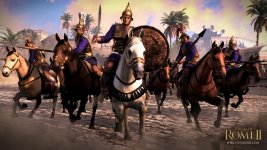
Ich fange mal an:
![:] :] :]](/styles/ctec/images/smilies/default/sm_B-].gif)

Ich fange mal an:
Quelle: Total War: Rome 2 expands political system, introduces civil war | PolygonTotal War: Rome 2 expands political system, introduces civil war
The Creative Assembly's Total War: Rome 2 will introduce a detailed political system that will see players vie for power within their faction, according to studio communications manager, Al Bickham.
Where previous Total War games had players perform diplomacy with outside factions, Bickham told Polygon that Rome 2 will add an internal struggle to the campaign game by having players manage their relations within Rome.
"If you play as Rome, then you have to deal with the great families of Rome at the time as well as the senate," Bickham said. "The history was all about who was going to be the first man of Rome. After Caesar became a tyrant and crowned himself emperor, everybody else was like, this is how Rome is now, we're no longer a republic.
"It just created all these power struggles that were more about personal gain and personal power than running an entire culture and society in a way that was beneficial to the people."
"Politics is a way of providing more intrigue and more of an internal struggle."
According to Bickham, both the player and the houses in the senate have an agenda and everyone has a fluctuating level of political power. Players can increase their political power by having the right people in the senate working for them. But this carries its risks, because if other houses within the senate feel that the player is getting too big for his boots, they may raise their own armies and go to civil war. If such a situation occurs, a player's expansion across the world would have to be put on hold while they deal with the fact that Rome is now at war with Rome.
One way to balance the political power is through marriage. Marrying family members into other families can balance the sway of power in Rome. If the player marries into a lesser house, it reduces one house's political capital but increases the other's, having a slightly equalizing effect. "It's a way of saying to everybody, 'Hey, I'm not as big as you thought I was,'" Bickham said.
On top of managing Roman politics, players will still have to expand and conquer territories outside of Rome, perform diplomacy with non-Roman factions and fight in Total War's signature real-time battles.
"Politics is a way of providing more intrigue and more of an internal struggle," Bickham said. "Previous Total War games — Shogun 2 being a good example — you're the faction leader and that's it. But now that faction has teeth that may bite you."


.gif)



